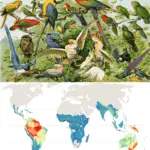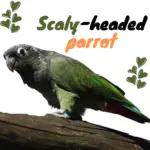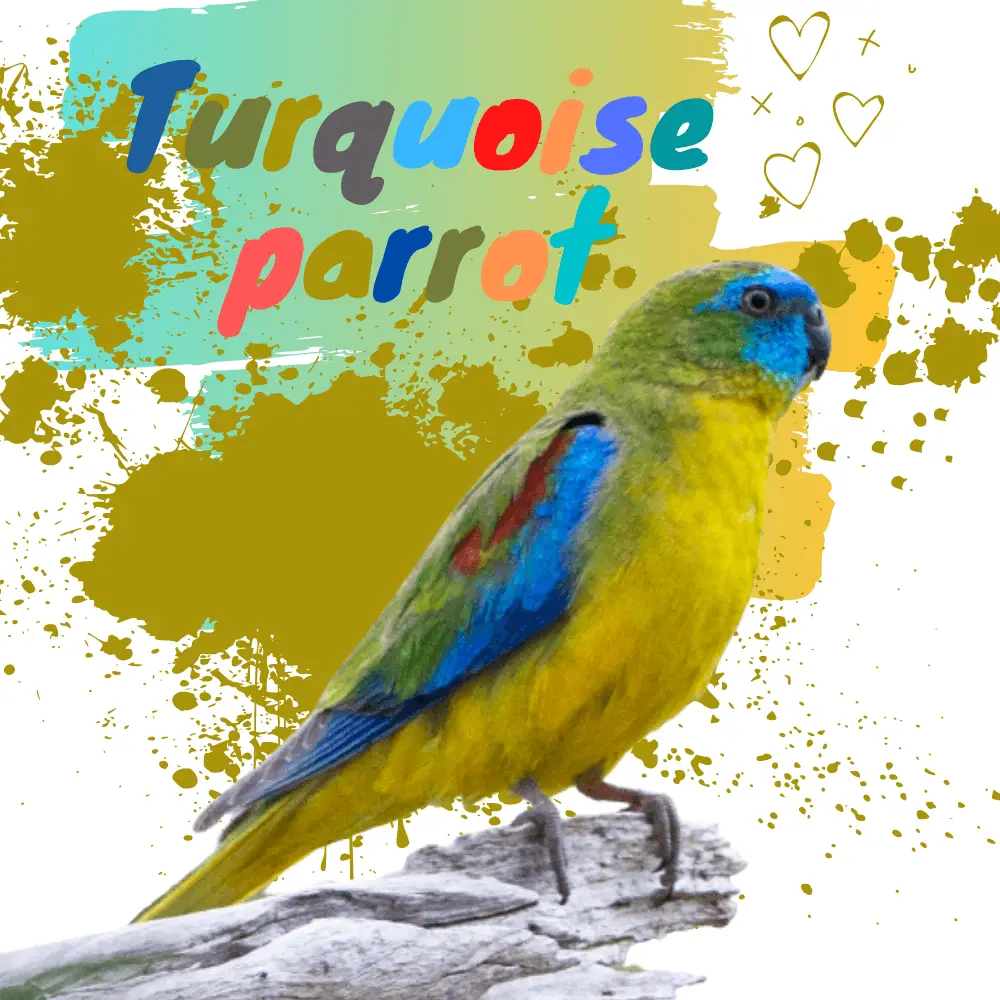
The turquoise parrot has the scientific name Neophema pulchella and belongs to the Psittacidae family. It is also called turquoise, turquoise parrot, or turquoise parrotlet. In English, it is called a turquoise parrot. He has a calm, gentle, and sociable personality.
Size: 20cm
Weight: 35 – 46g
Turquoise parrot lifespan : 10-15 years
Bird Species: Parakeet
Colors: Combination of green, yellow and blue
Sounds: Silence, natural calls, Whistle
Interaction: Social, energetic, playful, intelligent, funny, affectionate
Comparable Breeds: Elegant Parrot, Budgerigar Parakeet
Turquoise parrot pet
In addition to having a beautiful personality, these little parakeets have a beautiful colorful appearance that leaves no owner indifferent.
Loved as a pet since the turn of the 19th century, the turquoise parakeet is once again becoming a very popular choice. Small, playful, and gentle, these charismatic birds have a lot to offer and are recognized as great pets with unique traits.
This is one of Australia’s protected breeds. Finding one at pet markets shouldn’t be a problem and if you find one, don’t hesitate, the Teal Parakeet might just be the pet you’ve always wanted.
Turquoise parrot habitat
One of the first breeds to be spotted by English colonizers in Australia, the turquoise parrot was first described in 1792. From then on, its history as a companion bird began. It is originally found in eastern Australia, Queensland, and Victoria.
Growing up to 700 meters above sea level, it lives in meadows and open forests and at the edges of forests. This is one of the so-called prairie parakeets, and their flocks are spotted foraging on the ground and in grasses. This is a lesser breed, and their number in the wild reaches 20,000 birds.
Distribution of turquoisine
The turquoise parrot originates from Australia, more precisely southeast of Queensland, passing through New South Wales and northeast of Victoria. It is usually found in open pastures and forests with eucalyptus and conifers.
Description of Turquoise Parakeet
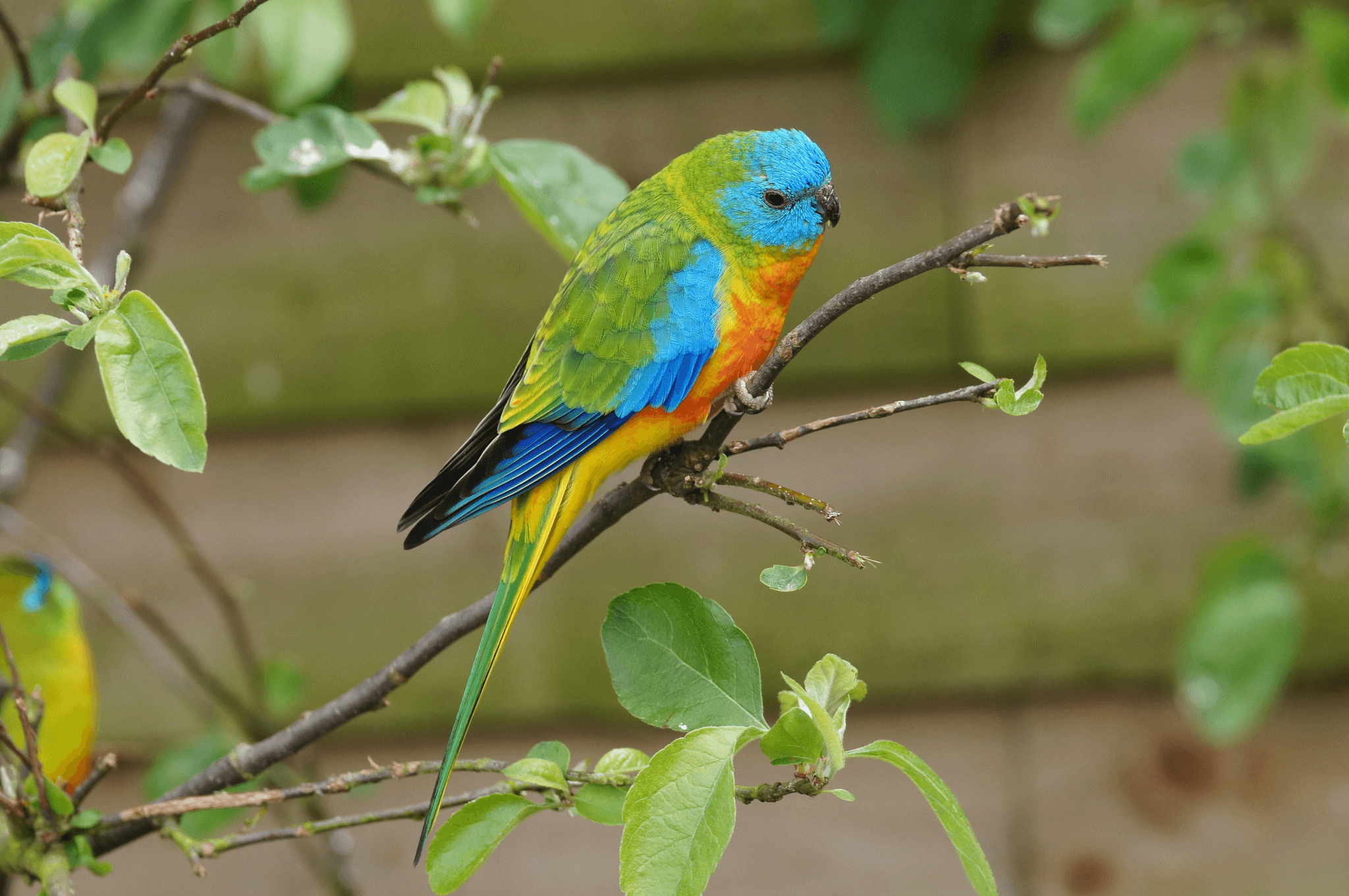
turquoise parrotlet
Like other parrots in its family, the turquoise parakeet has some easily distinguishable physical traits, primarily a small head and a very long tail. But the similarities end there. T
his breed is completely distinguished by its wonderful and unique appearance. Adults reach an average length of 20 centimeters and weigh on average just under 50 grams.
One thing to remember when your pet is as small and energetic as the Turquoise Parakeet is their need for space. Make sure he has plenty of room for his activities, but above all that he has the opportunity to fly around the house. It is central to their nature and they need it to thrive.
Physical characteristics of turquoise
The turquoise parrot is about 20 centimeters long and 40 grams in weight. The male turquoise lovebird is predominantly green, with yellowish underparts and a bright turquoise face. Its wings are blue and its shoulders are red. The female is paler, with a green breast and yellow belly, and has no red wing spot. The upper part of the turquoise parrot’s chest has an orange tint, while the yellow abdomen may show an orange center.
Predominantly sedentary, it can be locally nomadic. It has some mutations, the yellow mutation being the most frequent. His call is melodic. In-flight, the call is tinkling, but at other times the bird only emits an alarm call.
Turquoise Budgerigar Colors
The turquoise parakeet has a lot more colors to display than its name suggests. With their many spots and bright hues, they are a real sight.
There are few differences between males and females and it takes a good look to get to know them. The body is mostly colored, with the back being pale green, the chest and belly bright yellow, spotted with orange.
The face of the males is bright, sky blue, and this color is repeated on the tips of the wings. Blue, green and yellow is all mixed together in the long tail.
Female turquoise parrots are similar but with much paler colors and finer details. Whichever way you look at it, these little parrots are definitely great charmers and one of the most unique birds around.
Turquoise Parrotlet
SOURCE:Love of Pets
Turquoise feed
The basis of the diet of our Turquoisine parakeets is a mixture for large parakeets. Regularly we give them fruits and vegetables according to the season.
Fruits (apple, pear, kiwi, grapefruit, watermelon)
Vegetables (carrot, green beans, peas)
Before the breeding period and during breeding we distribute sprouted seeds and mash.
Available with clear water – mineral block – cuttlefish bone.
(see list of non-toxic fruits and vegetables
Reproduction of turquoisine
Turquoise nests are usually made in hollow trees. However, the habitat has been changed and potential nesting sites are lost.
The female turquoise lovebird lays 2 to 8 bright white eggs, usually choosing locations away from cleared land. The female incubates the eggs and takes care of the young. She feeds them in the first days and then the male starts to help.
The turquoise parakeet is monogamous and the male perches on a tree trunk extending its wings to show its red and blue marks when courting a female.
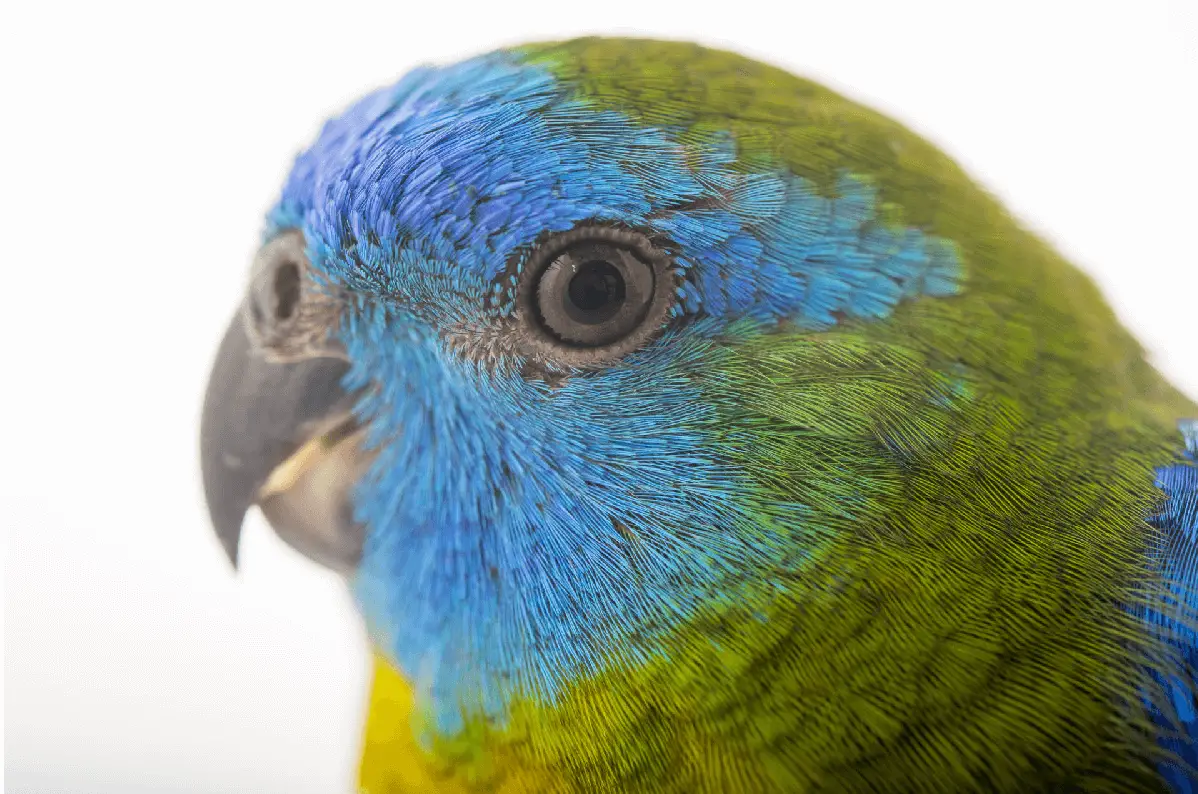
turquoise parrotlet
Turquoise Parakeet Sexual Dimorphism
The males turquoise lovebird have a dark blue face, above bright green wings; underside of wings and tail bright yellow tinged orange on upper breast; variable orange spot in the center of abdomen; underwings blue with maroon/red coverts on the innermost middle part of the wings, forming a “spot”; bright green upper wing.
Grey/black beak. Brown/grey eye. Pale blue face in the female; buff/white spots; pale green chest; yellow underparts and tail, more often than in the male, with an orange spot in the center of the abdomen; absence of markings on the shoulders; upper wing paler blue; pale striped underside of wings.
Juvenile color:
Same as an adult female, but males usually have a darker blue face and some brown/red on the inner medial cover of the wings, forming a “spot”.
Turquoise Parrot Sounds
Birds as small as the prairie parakeets generally have no talent for speaking and imitating. Most often, this trait is reserved for large birds. But they do have vocal talents: their natural cries are often pleasant to hear, with soft chirps and chirps all their own.
They might be acceptable for a house pet, but a house is still the best choice, due to the abundance of space. When they settle down in the evening, they sing in a soft murmur. A beautiful lullaby in a way!
Calls made in flight are soft, metallic notes. Weaker, high-pitched chirps are emitted while feeding or perching. A series of short, high-pitched, rapid notes are emitted by males when alerted, and lower, harsher sounds are emitted by females.
How to download or listen to turquoise songs
You can download the turquoise lovebird corner on our website. To do this, just right-click on the name of the corner, then click on “Save Link As …” and choose the location where it will be saved. You can also listen, just click on the play button.

